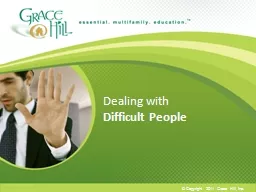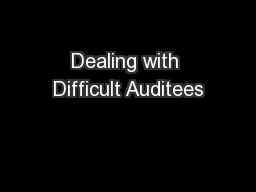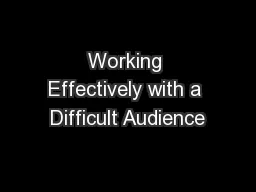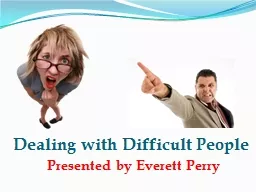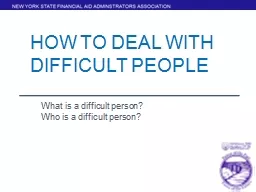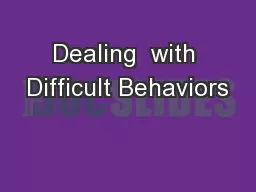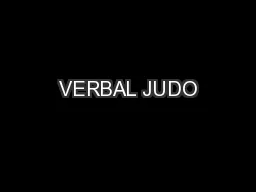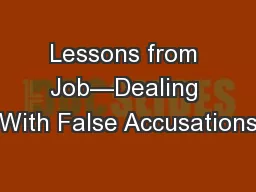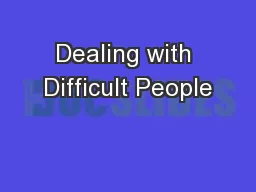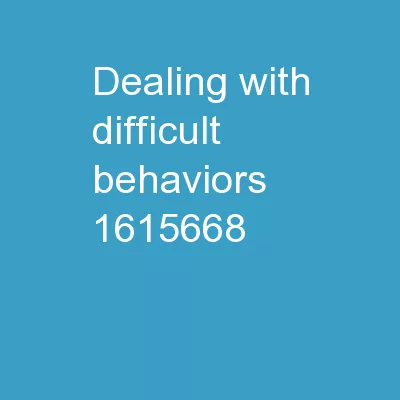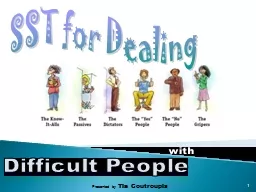PPT-Dealing with Difficult People
Author : alida-meadow | Published Date : 2018-02-02
Learning Objectives To gain an understanding of the benefits of active listening Practice conflict resolution based on real scenarios Learn from our most difficult
Presentation Embed Code
Download Presentation
Download Presentation The PPT/PDF document "Dealing with Difficult People" is the property of its rightful owner. Permission is granted to download and print the materials on this website for personal, non-commercial use only, and to display it on your personal computer provided you do not modify the materials and that you retain all copyright notices contained in the materials. By downloading content from our website, you accept the terms of this agreement.
Dealing with Difficult People: Transcript
Download Rules Of Document
"Dealing with Difficult People"The content belongs to its owner. You may download and print it for personal use, without modification, and keep all copyright notices. By downloading, you agree to these terms.
Related Documents

